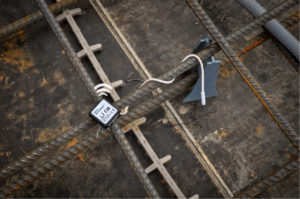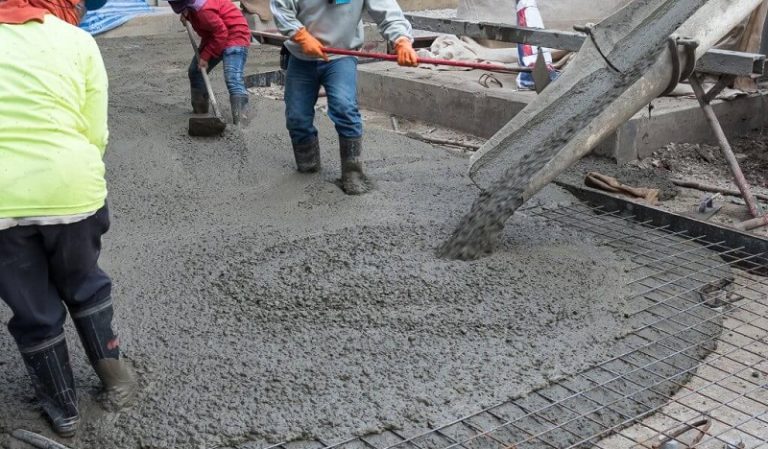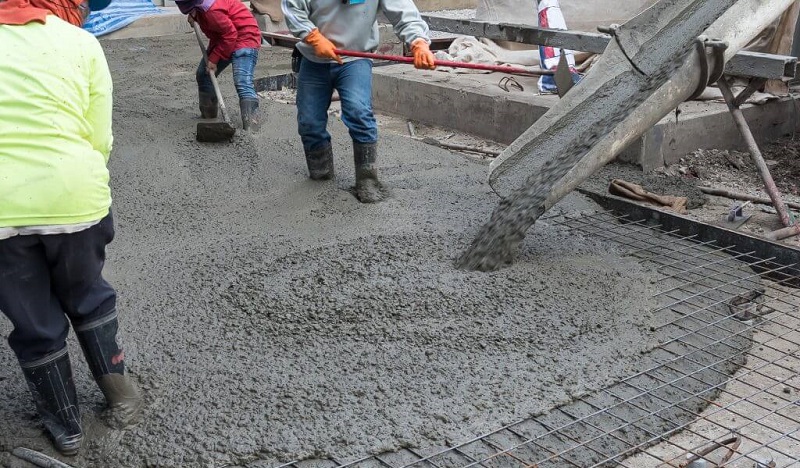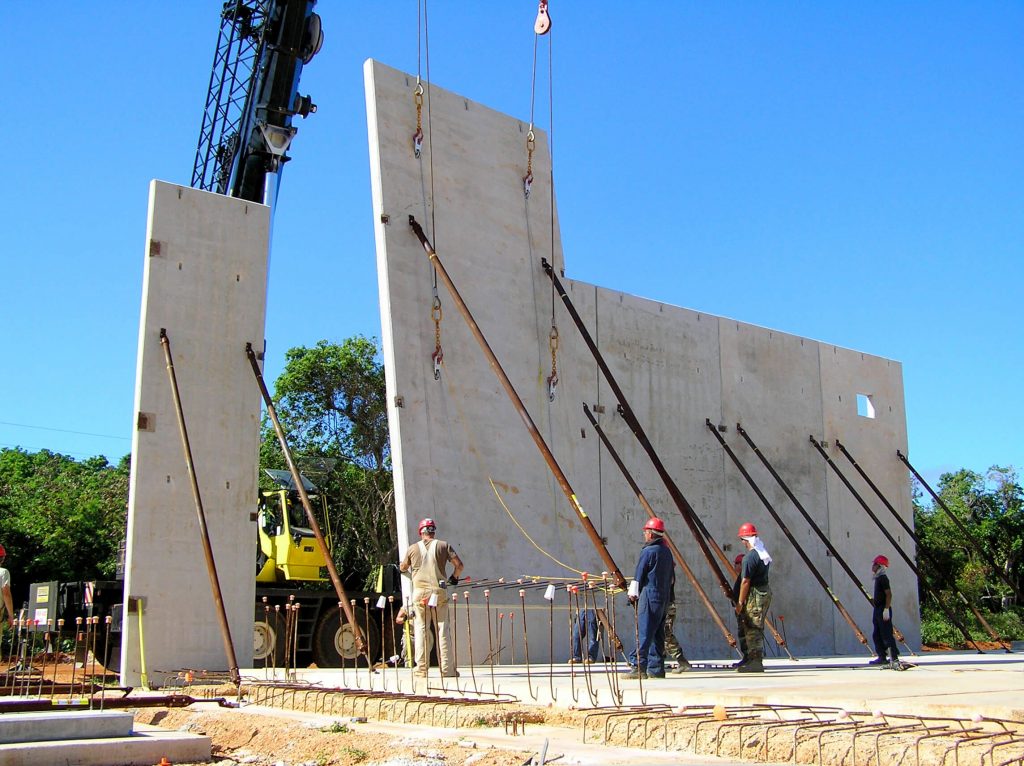Although concrete curing, concrete temperature, and concrete strength are three different things with three different meanings, they are not independent of one another. There is a close-knit relationship between these aspects of concrete curing and each facet plays a significant role in the overall strength and integrity of your concrete structure.
Explore 12 Futuristic Technology Trends Solving Concrete's Biggest Challenges.
What is Concrete Curing?
According to a report by ACI Committee 308, the American Concrete Institute defines “curing” as of “the process by which hydraulic-cement concrete matures and develops hardened properties over time.” All concrete mixes technically cure in different lengths of time and to different levels of maturity. That being said, curing time and strength can be controlled not only by the ingredients in the mix itself, but by the control of the elements within the mix. Limiting the loss of water and controlling the heat of the element are two predominant ways to control concrete curing. In another one of our articles, concrete curing is described as “the process of maintaining adequate moisture in concrete within a proper temperature range in order to aid cement hydration at early ages.”
What is Concrete Temperature?
In simple terms, concrete temperature is just, that; the temperature of your concrete. However, it isn’t as simple as it sounds. Concrete temperature must be closely monitored during curing to avoid mistakes and ensure optimal curing. The heat in a curing concrete element is referred to as heat of hydration and is the product of an exothermic reaction. Concrete temperature is measured in order to assure your structure is compliant with certain specifications outlined in the project details. Although it differs per project, typically, concrete curing temperature is required to stay between 10°C and 32°C (50°F and 90°F).
What is Concrete Strength?
There are many different terms and definitions when speaking about concrete strength. People often refer to compressive strength of concrete, flexural or tensile strength, or concrete psi among other things. Concrete is generally accepted as one of the strongest and most durable materials on earth, but the strength of concrete varies depending on concrete mix, curing conditions, additives, human interference, reinforcement, and much more.
How Concrete Curing, Concrete Temperature, and Concrete Strength Plays Together
When you put all these elements together concrete curing, temperature, and strength, you can get a full understanding of the most important elements at play for building a durable structure. As Andrew Fahim and Sarah De Carufel state in this article, “testing concrete temperatures [and strength] regularly to avoid extremes during mixing, pouring, and curing, as well as having a plan in place incase temperatures drop or exceed recommended limits is essential[.]”












2 Responses
Hello,
I am writing to ask if you have a distributor plus tech rep in Chicago?
Thank you,
Dan Whittaker
Hi Daniel, thank you for your interest. Please fill out this form on distributor inquiries https://www.giatecscientific.com/contact/distributor-inquiry/